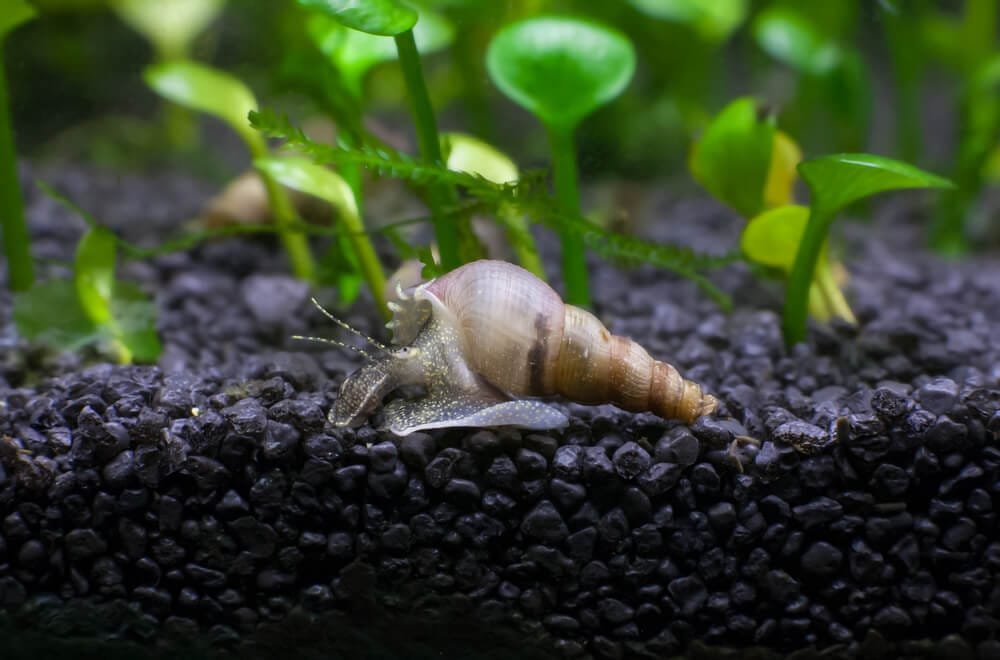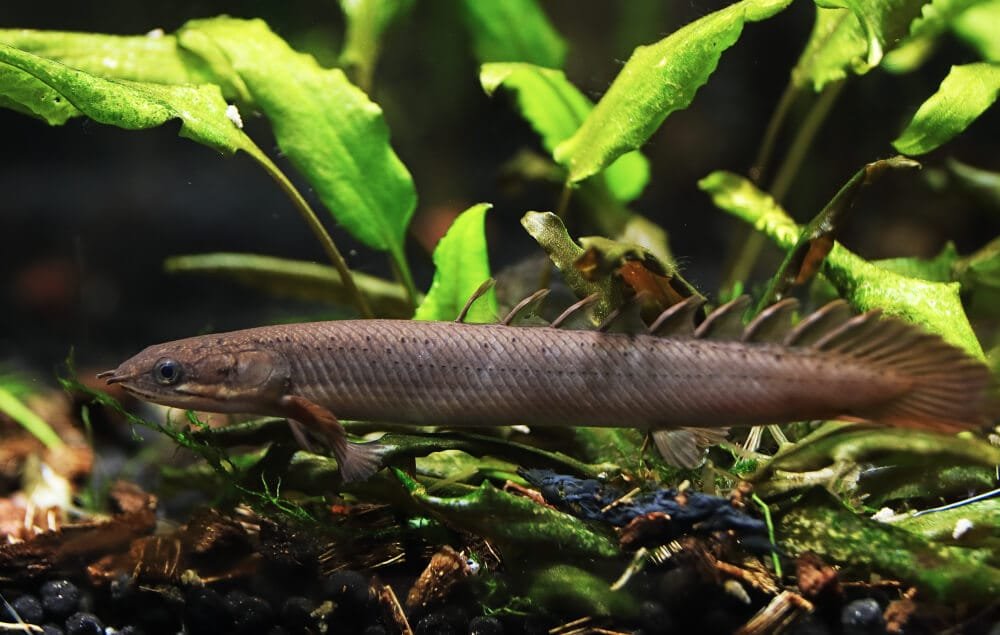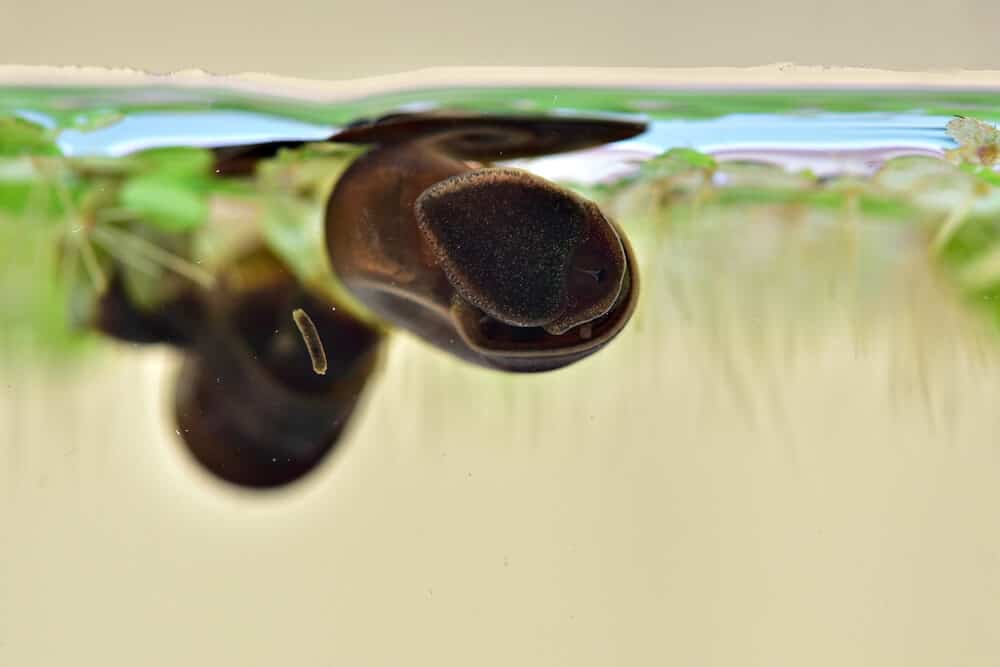Imagine a tiny creature that can bring both beauty and functionality to your aquarium. Enter the Malaysian Trumpet Snail, a charming aquatic gastropod that is fast becoming a favorite among aquarium enthusiasts. With its distinctive spiral shell and unique life cycle, this snail not only adds a touch of elegance to your tank decor, but also provides valuable ecological benefits. Whether you’re a seasoned aquarist or just dipping your toes into the world of fishkeeping, the Malaysian Trumpet Snail is a fascinating addition that is sure to captivate and enhance your underwater oasis.
Overview of Malaysian Trumpet Snail
The Malaysian Trumpet Snail, also known as Melanoides tuberculata, is a small freshwater snail species that is native to Southeast Asia. These snails are highly adaptable and can be found in various aquatic habitats such as rivers, ponds, and lakes. They have become popular in the aquarium trade due to their unique appearance and beneficial behaviors.
Physical Description
Malaysian Trumpet Snails are typically small, only growing to about one inch in length. They have a cone-shaped shell with spiral ridges and a distinctive pointy tip, resembling a trumpet. The shells can vary in color from light beige to dark brown, and some may even have stripes or spots. The snails have a muscular foot that they use for movement and a pair of tentacles with eyes on the tips.
Habitat and Distribution
As mentioned earlier, the Malaysian Trumpet Snail is native to Southeast Asia, specifically regions like Malaysia, Thailand, and Indonesia. In their natural habitat, they can be found in both slow-moving and fast-flowing waters. These snails are highly adaptable and can thrive in a wide range of water conditions, including both soft and hard water. They are often found in freshwater bodies with a muddy or sandy substrate.
Life Cycle and Reproduction
The life cycle of a Malaysian Trumpet Snail begins with the female snail laying eggs. These eggs are small and translucent and are usually laid in hidden areas, such as under rocks or in the substrate. Once the eggs hatch, miniature snails emerge, and they go through a development period before reaching maturity. Malaysian Trumpet Snails are known for their ability to reproduce quickly, with females able to produce several batches of eggs in their lifetime.
Diet and Behavior
The Malaysian Trumpet Snail is considered an omnivorous species, meaning they consume both plant matter and small organisms. They primarily feed on detritus, algae, and decaying organic matter, which makes them excellent cleaners in aquariums. They will also scavenge for leftover fish food, helping to keep the tank clean and free of uneaten food. These snails are nocturnal, and they typically burrow into the substrate during the day and become more active at night.
Ecological Importance of Malaysian Trumpet Snail
Indicator Species
One of the reasons why Malaysian Trumpet Snails are considered ecologically important is their role as indicator species. These snails are quite sensitive to changes in water quality and are often used as an indicator of the overall health of an aquatic ecosystem. If the snails are thriving, it is an indication that the water conditions are suitable for other aquatic organisms as well.
Algae Control
The Malaysian Trumpet Snail plays a crucial role in algae control in aquariums and natural water bodies. They are known for their voracious appetite for algae and can significantly reduce the growth of unwanted algae in your aquarium. Their feeding habits help to maintain a healthy balance in the ecosystem by keeping algae levels in check and preventing them from overtaking the tank.
Aquarium Cleaning
In addition to their contribution to algae control, Malaysian Trumpet Snails are valuable for their cleaning capabilities. They are constantly burrowing into the substrate, which helps to aerate the soil and prevent compaction. This substrate aeration is essential for the health of plants and other organisms in the aquarium. Additionally, as the snails move around, they consume decaying matter, further contributing to the cleanliness of the aquarium.
Benefits of Malaysian Trumpet Snails in Aquariums
Algae Control
One of the significant benefits of having Malaysian Trumpet Snails in your aquarium is their ability to control algae. Excessive algae growth can be unsightly and detrimental to the health of your fish and other aquatic plants. These snails can devour algae and keep it in check, creating a cleaner and more visually appealing environment for your aquarium inhabitants.
Substrate Aeration
Malaysian Trumpet Snails are excellent for keeping the substrate in your aquarium well-aerated. Their burrowing activity allows for air circulation in the substrate, preventing it from becoming compacted and stagnant. This aeration is essential for the health of plants’ root systems, as well as for the overall balance of the aquarium’s ecosystem.
Nutrient Cycling
Another benefit of Malaysian Trumpet Snails is their role in nutrient cycling. They consume decaying organic matter, such as leftover fish food and plant debris, and break it down into smaller particles. This process releases essential nutrients into the water, which can then be utilized by other organisms, such as plants. By contributing to nutrient cycling, these snails help maintain a healthier and more balanced aquarium ecosystem.
Potential Negative Effects of Malaysian Trumpet Snails
Overpopulation
While Malaysian Trumpet Snails can be beneficial in controlling algae and maintaining a clean aquarium, they have the potential to overpopulate if not managed properly. The snails reproduce quickly and can quickly fill up a tank if their population is not kept in check. An overpopulation of snails may lead to competition for resources and potentially overcrowding the tank.
Plant Damage
Although Malaysian Trumpet Snails mainly feed on detritus and decaying matter, they may occasionally nibble on live plants in the aquarium. While they generally do not cause significant damage, their grazing behavior can lead to small holes or bite marks on the plants’ leaves. If you have delicate or valuable plants in your aquarium, it is important to monitor the snails’ activity and address any potential plant damage.
Substrate Churning
While the burrowing activity of Malaysian Trumpet Snails can be beneficial for substrate aeration, it can also lead to substrate churning. This churning may result in the displacement of plants, rocks, and other decorative elements in the tank. It can also cause the water to become cloudy, which may affect visibility. It is important to strike a balance between the snails’ burrowing activity and maintaining the desired aesthetics in your aquarium.
Care and Maintenance Tips for Malaysian Trumpet Snails
Tank Size and Environment
When keeping Malaysian Trumpet Snails in an aquarium, it is important to provide them with an appropriate tank size and environment. These snails do well in both small and large aquariums, but it is crucial to ensure that the tank has enough space to accommodate their population growth. Providing plants, rocks, and hiding spots in the aquarium will also help create a suitable habitat for the snails.
Feeding and Nutrition
Malaysian Trumpet Snails are primarily detritivores and algae eaters. However, they will also consume leftover fish food and decaying plant matter. It is essential to provide them with a varied diet to ensure their nutritional needs are met. Additionally, avoid overfeeding your fish to prevent an excess of uneaten food, as this can lead to water quality issues and an overpopulated snail tank.
Compatibility with Other Species
Malaysian Trumpet Snails are generally peaceful and can coexist with a wide range of fish and other aquatic species. However, it is important to research the compatibility of different species before introducing them into the same tank. Some fish species may view the snails as prey or may exhibit aggressive behavior towards them. Understanding the compatibility of different species will help create a harmonious and stress-free environment for all inhabitants.
Controlling Population
To prevent the overpopulation of Malaysian Trumpet Snails, it is important to implement population control measures. This can include manually removing excess snails from the tank or adjusting feeding habits to limit the snails’ food supply. Additionally, introducing certain fish species that may prey on the snails can help regulate their population. Regular monitoring and maintenance will help ensure a healthy balance of snails in your aquarium.
Common Myths and Misconceptions about Malaysian Trumpet Snails
Snail Infestation
One common misconception about Malaysian Trumpet Snails is that they are invasive and can quickly overrun an aquarium. While these snails can reproduce rapidly, they are not considered invasive in most cases. With proper population control and management, their numbers can be maintained at a desirable level.
Disease Carriers
Another myth surrounding Malaysian Trumpet Snails is that they are carriers of diseases that can harm fish and other aquatic organisms. However, these snails are generally not disease carriers and do not pose a significant threat to the health of other tank inhabitants. It is still important to practice good aquarium hygiene and regularly monitor water quality to ensure the overall health of the aquarium ecosystem.
Destructive Nature
Some people believe that Malaysian Trumpet Snails are destructive and will devour live plants in the aquarium. While they may occasionally nibble on plant leaves, they generally pose little threat to the health of live plants. With proper plant selection, proper nutrition, and monitoring, the snails can coexist peacefully with live plants in the aquarium.
Conclusion
The Malaysian Trumpet Snail is a fascinating and beneficial addition to freshwater aquariums. With their unique appearance and beneficial behaviors, such as algae control and substrate aeration, these snails contribute to the overall health and balance of the aquarium ecosystem. While there are potential negative effects and misconceptions associated with them, proper care and management can ensure a harmonious environment for both the snails and other tank inhabitants. By understanding their natural behaviors, nutritional needs, and compatibility with other species, you can enjoy the many benefits of Malaysian Trumpet Snails in your aquarium while maintaining a clean and thriving aquatic ecosystem.






